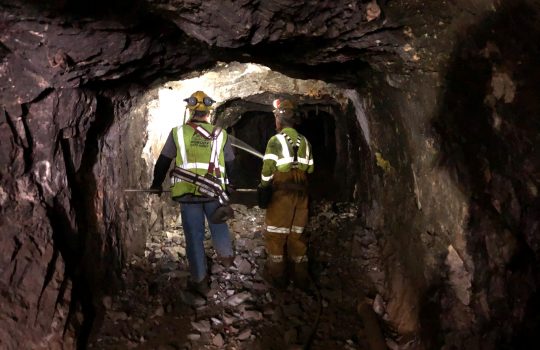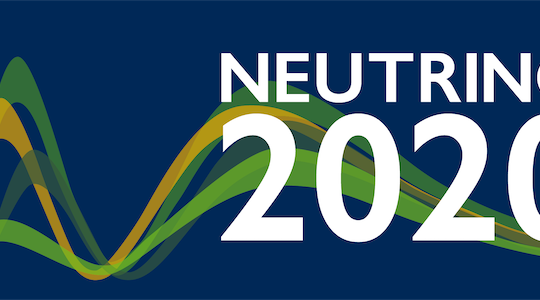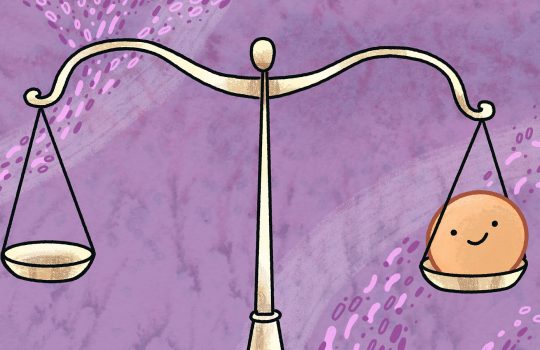The search for leptonic CP violation
From CERN Courier, July 7, 2020: Fermilab scientist Boris Kayser Texplains how neutrino physicists are now closing in on a crucial piece of evidence in a most convoluted detective story: the unknown origin of the matter–antimatter asymmetry observed in the universe.




